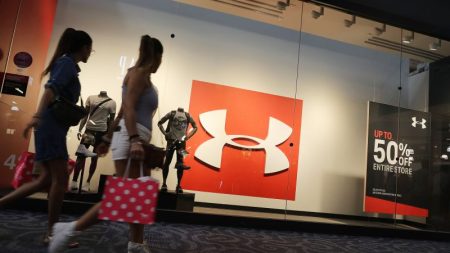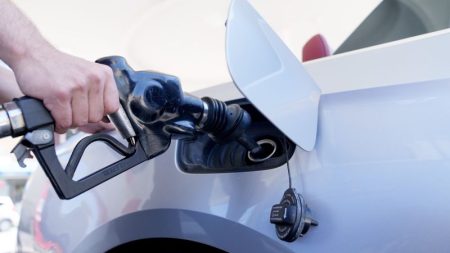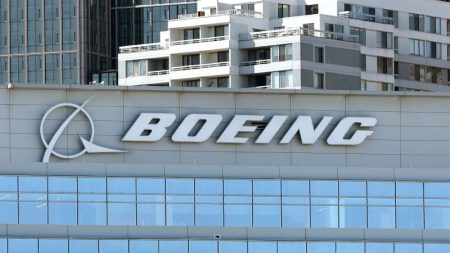Auto body repair used to be a straightforward craft, where metal was bent back into shape after a crash. However, the industry has evolved into a high-tech field with the introduction of sensors and cameras in modern vehicles. These sensors, which are found throughout the body of a car, have made repair processes more complex as they require precise alignment and calibration. This change has been significant in the last five years, with more than a third of post-crash repair costs in a new vehicle being attributed to fixing sensors and cameras.
The introduction of systems like automatic emergency braking, blind spot monitoring, and rear cross-traffic alerts has helped reduce crash rates and prevent injuries to vehicle occupants and pedestrians. However, these systems come with added repair costs if they are damaged in a collision. Even minor misalignments can have a significant impact on the perception of a vehicle or obstacle’s location. Additionally, each car manufacturer and model may have different processes for repairing and calibrating these sensors, making the task more challenging.
Different vehicles require different calibration processes, with some needing dynamic calibration where the car is driven on real roads for testing, while others can be calibrated statically in a closed workshop. This calibration process requires specific equipment, space, and lighting, as well as special training for employees. With an industry facing constant changes and advancements, there is a shortage of qualified auto body repair technicians, leading to higher pay for skilled workers and increased complexity for insurance companies and claims adjusters.
The evolution of auto body repair has also impacted insurance claim adjusters, who now need to understand the nuances of repairing automated systems and sensors. Training and development for claims adjusters has increased significantly, with more frequent training sessions required due to the rapid changes in the industry. This emphasis on training and education reflects the growing complexity of repairing modern vehicles with advanced sensor and camera systems. Overall, while these advancements in technology have improved vehicle safety and reduced crash rates, they have also introduced challenges in the repair and maintenance of these systems.















